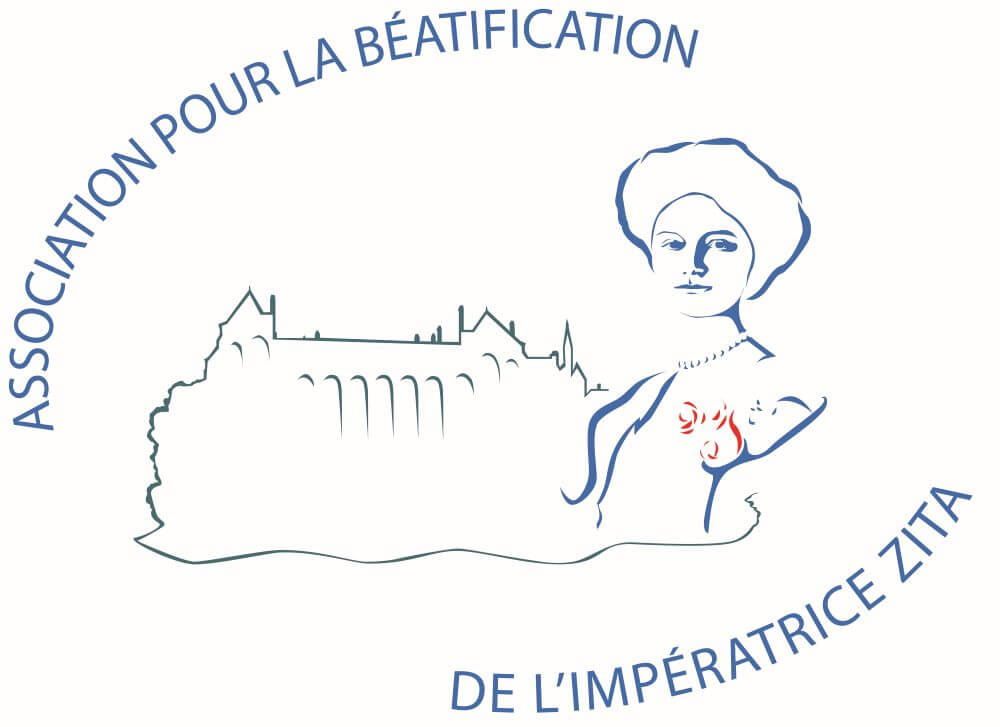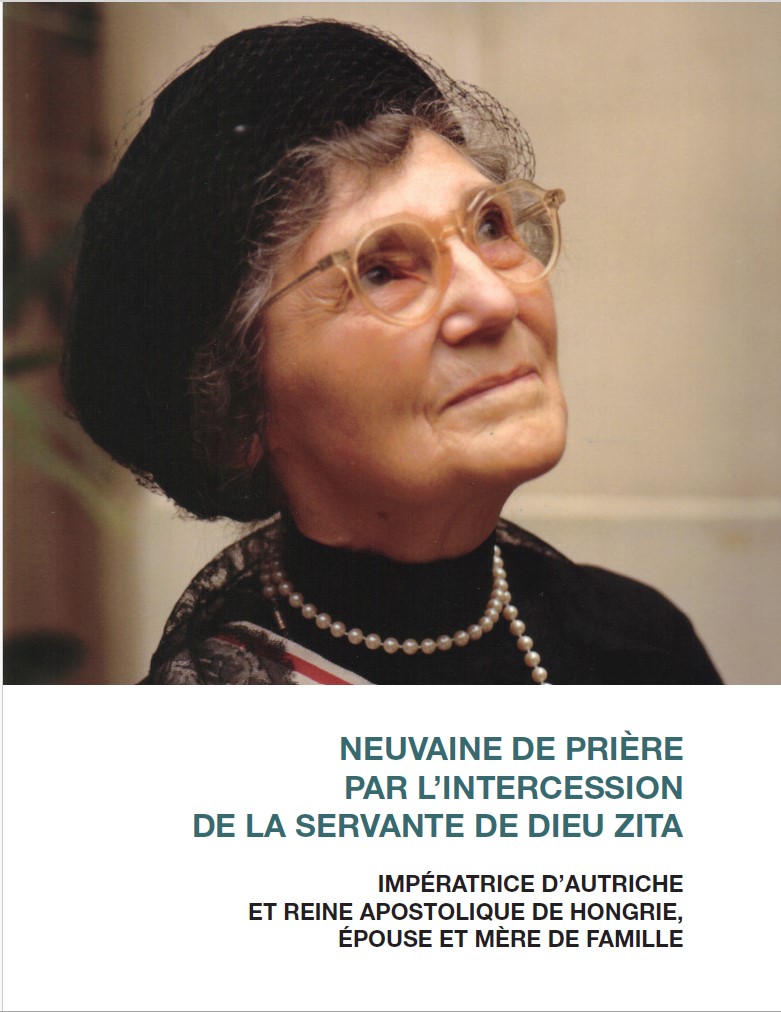Vie de prière de la servante de Dieu
Avec son époux Charles, la Servante de Dieu a une intense vie eucharistique. Dès sa jeunesse, Zita considère sa participation quotidienne à l’Eucharistie comme le fondement indispensable de sa vie de prière et de ses actes de charité. Elle unit ainsi toute sa vie et sa famille, au Sacrifice rédempteur du Christ. La présence du Saint-Sacrement dans ses différentes résidences lui permet de vivre chaque journée dans l’intimité du Seigneur et lorsqu’elle sera devenue veuve, de s’unir à son époux tant aimé : « Dans le cœur de Jésus, nous nous retrouverons » lui a dit Charles sur son lit d’agonie.
La Servante de Dieu est une femme de prière : elle a une grande dévotion au Sacré-Cœur et au Cœur Immaculé de Marie auxquels elle a consacré sa famille. La récitation du Rosaire fait partie de sa vie quotidienne. Les époux commencent leur journée par la prière et la terminent par la prière.
Sa vie quotidienne est guidée par la devise de sa sainte patronne, Sainte Zita de Lucques « Le cœur à Dieu et les mains au travail ». Cette devise qu’elle retrouvera dans la spiritualité bénédictine, Ora et labora.
Dans les circonstances les plus dramatiques de sa vie, elle recourt à la prière. Dans le récit qu’elle fait à son fils Otto du vol – assez agité – qui menait le couple impérial de Zurich en Hongrie, pour la seconde tentative de restauration (octobre 1921), Zita écrit : « j’ai appelé tous les anges du ciel et je priais le psaume « Qui habitat » (Ps 90) et le « Sub tuum ».
Les jeunes époux ont fait graver sur leur alliance la prière à la Vierge Marie Sub tuum :
« Sub tuum praesidium confugimus, sancta Dei Genitrix : nostras deprecationes ne despicias in necessitatibus, sed a periculis cunctis libera nos semper, Virgo gloriosa et benedicta. »
« Sous l’abri de ta miséricorde, nous nous réfugions, Sainte Mère de Dieu. Ne méprise pas nos prières quand nous sommes dans l’épreuve, mais de tous les dangers délivre-nous toujours, Vierge glorieuse et bénie. »


